The Divine Tight Line
This is really a Throwback Thursday post, but I am putting it up a bit early because it is pegged to an event today, Wednesday, May 23, that I wanted you to know about. But first the facts.
Yes, in the photo above, that is famed tightrope walker and master of mystery Philippe Petit walking a line to St. John the Divine on September 29, 1982, to fete the construction of a new tower. If you look closely at the grainy newspaper image below from the Columbia Spectator, you can just about make out a trowel on his belt that he was symbolically delivering across Amsterdam Avenue -- 150 feet in the air -- to the cathedral and its Bishop. A flourish to inaugurate construction of the south tower of the cathedral's west elevation.
So, the photo above depicts an authorized -- orchestrated! -- walk to the cathedral. You don't have to imagine it because there's film of it (if you are receiving this message by email, make sure to click on the blog post title to view the video on our website). And indeed the trowel is looped on his belt as he makes his way across an unbelievably taught rope in his deacon purple stockings, pausing once to kneel on the wire and once to do a stork pose, then bowing deeply over the edge of St. John's roofline to the applauding crowd. One incredulous spectator shakes her arms over her head saying "Oh boy am I glad that's over!"
Many a New Yorker knows Petit was a guerilla walker extraordinaire. In 1974, his clandestine operation and magnificent stroll between the two unfinished World Trade Center towers on a 131-foot cable suspended 1,300 feet above the construction site by his merry cabal was first one for the law enforcers; and then one for the history books; and finally one for the spiritual coda of those two towers whose fate we all remember too, too well. I've included two snaps at the bottom of that walk, one where he has an ear-to-ear smile, presumably elated or high on height. And the other of him lying down on the rope. He also danced on the wire that day in '74. Giddy, lollygagging about, and perhaps toying with the powers that be who had no way to get to him. That walk was an act of hubris, insanity, and majesty rolled into one.
In short, so great was Petit that his 1980 tightrope walk, which was inside St. John the Divine, led officials there to name him as one of the first Cathedral Artists-in-Residence. Better to have him with you than against you, you might suppose they reasoned. But actually, the Dean of the cathedral was all for the interior walk. He just couldn't get his board to sign off on it, presumably for liability reasons. Petit, characteristically undeterred, went ahead with the 1980 nave walk. The cops cuffed him on his way down from the wire that day for trespassing; but the Dean, James Parks Morton, intervened and thinking quickly informed the police that Petit couldn't be trespassing because he was, um, an artist in residence, right, that's the ticket.
To this day, the funambulist retains his resident artist title. And he's walked a wire many a time since including once after the terrible fire that broke out in the gift shop to help heal and herald a new beginning.
In a 1999 New Yorker piece by Calvin Tomkins, Petit was quoted as saying:
“When you think about it, wire walking is very close to what religion is. ‘Religion’ is from the Latin religare, which means to link something, people or places. And to know, before you take your first step on a wire, that you are going to do the last one—this is a kind of faith.”
Dean Morton told Tomkins that Petit was "one of the most religious people [I know]....Sometimes very unusual people turn out to be the most religious....I think of this as God’s joke.”
I do believe he believes. Just not in terrestrial authorities.
I love that he has this connection to our neighborhood. Since 9-11, Petit to me is an anthropomorphic poem. He's our living link to the towers he owned for a mid-seventies day. Religare.
In Bloomingdale, we live in the shadow of SJTD, the largest Gothic cathedral in the world, or if you prefer, one of the five largest church buildings in the world. You'll agree that its secrets -- like the Petit tales -- and its history are poorly known.
One place to rectify that is with the romp of a Bowery Boys podcast episode devoted to the cathedral -- I'm embedding the audio below. (If you are receiving this by email, please click on the title of the blog post to view the video on our website.) And if you can go to SJTD tonight, May 23, for $125 you can celebrate with the Bowery Boys the 125th anniversary of the ground breaking.
Probably tickets are sold out for the birthday bash. But tell me you weren't tempted!
Replete with peacocks, Greek revival remnants of the Leake and Watts Orphan Asylum of 1843, and the little rope-walking giant, the cathedral is a neighborhood gem, a work in progress, ours to cherish, and ours to divine.

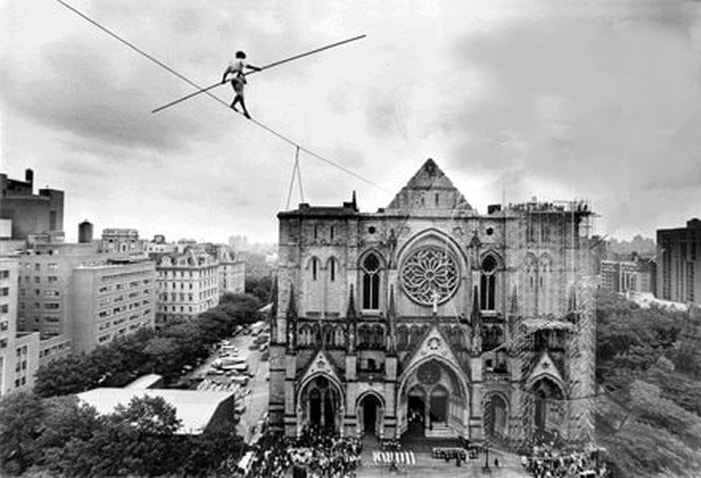
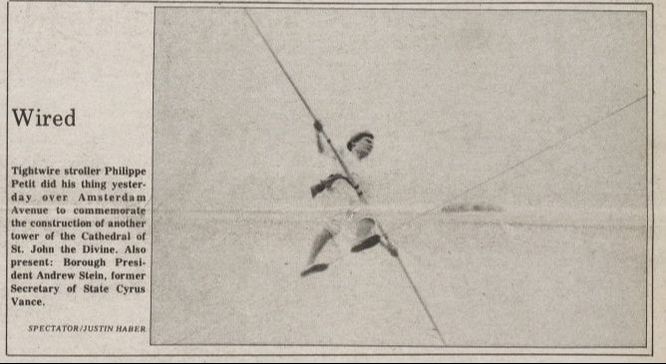
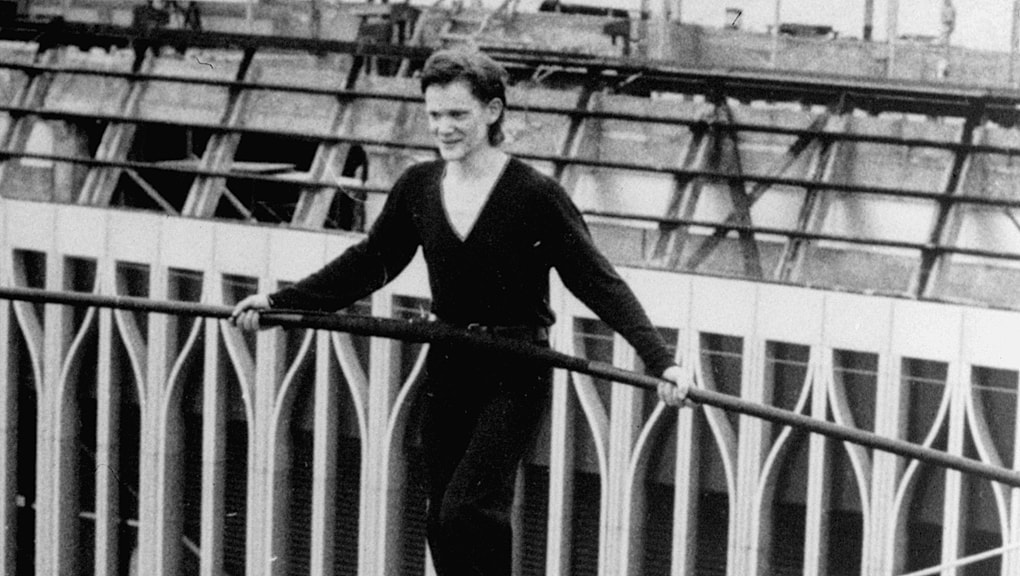
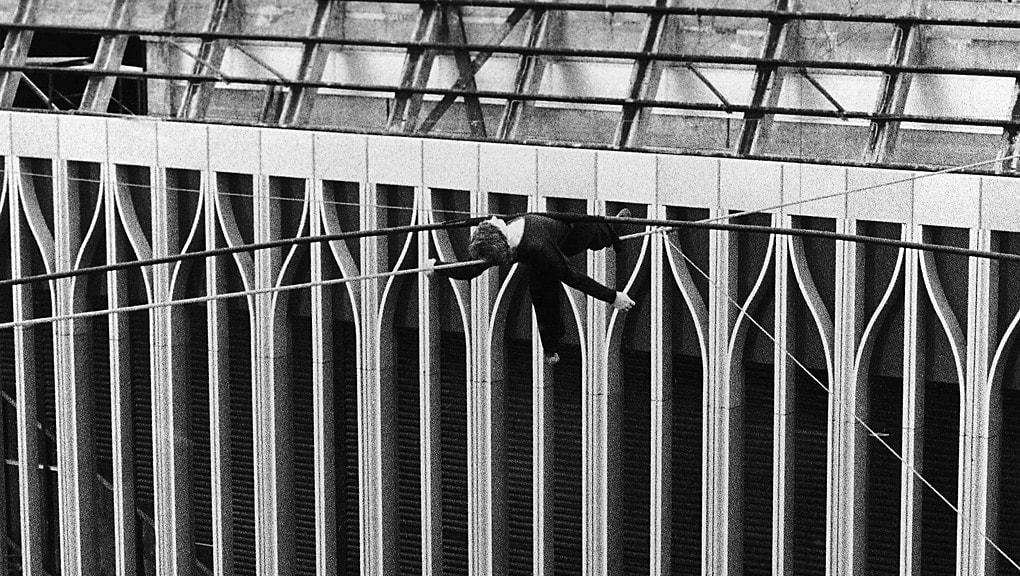
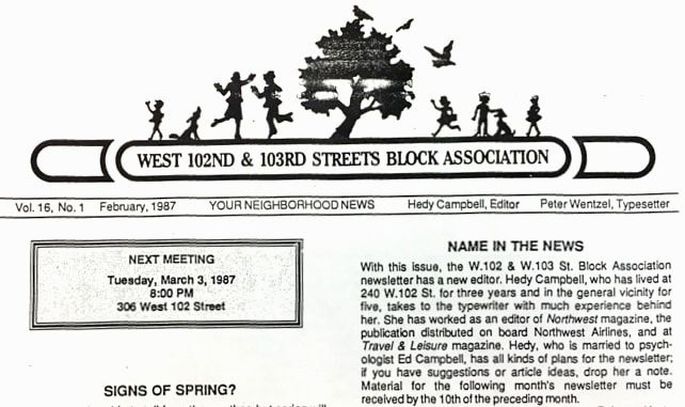
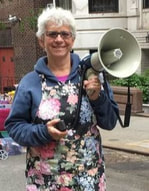

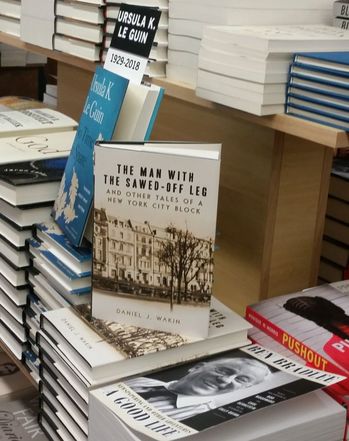

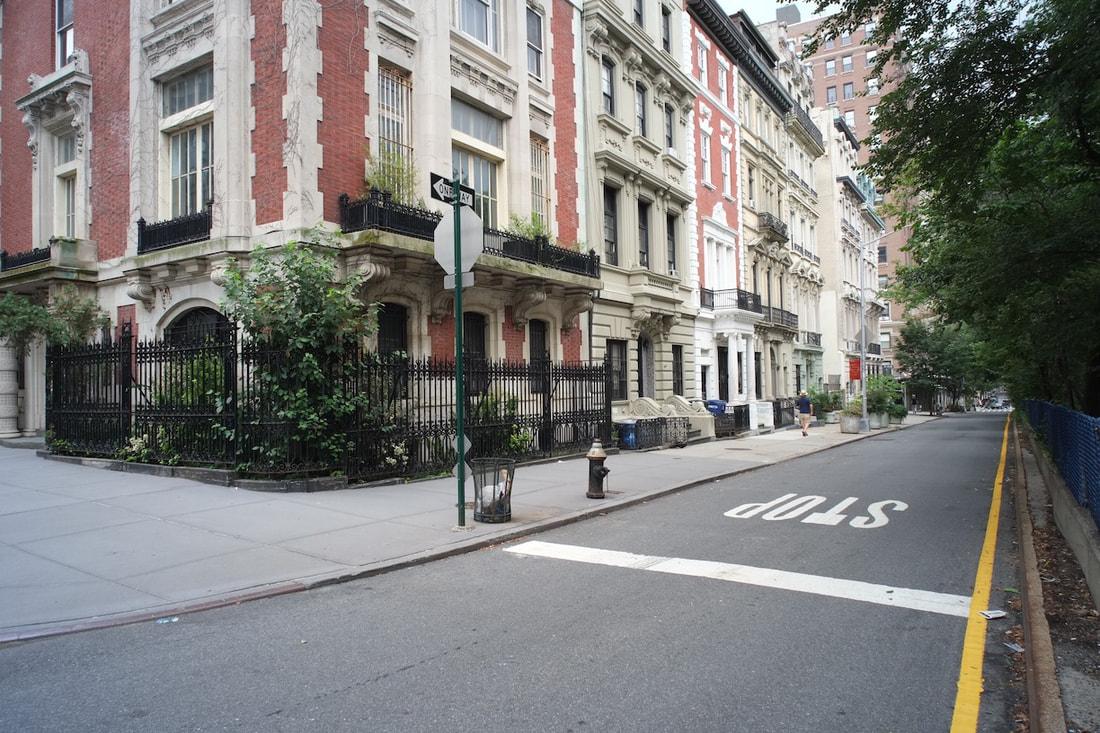
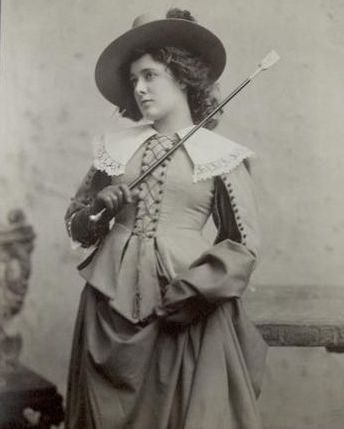


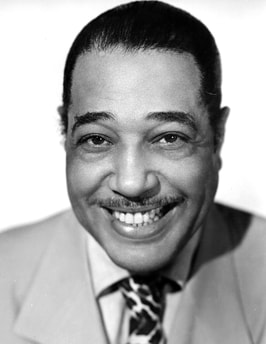



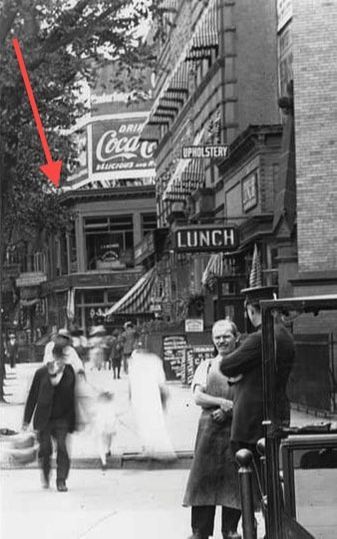
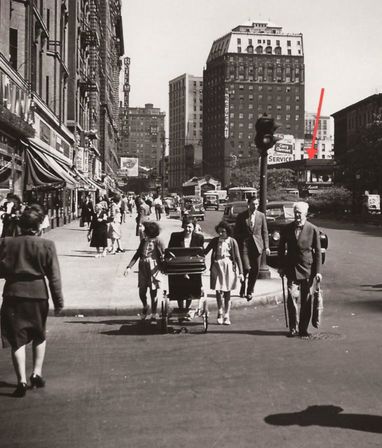
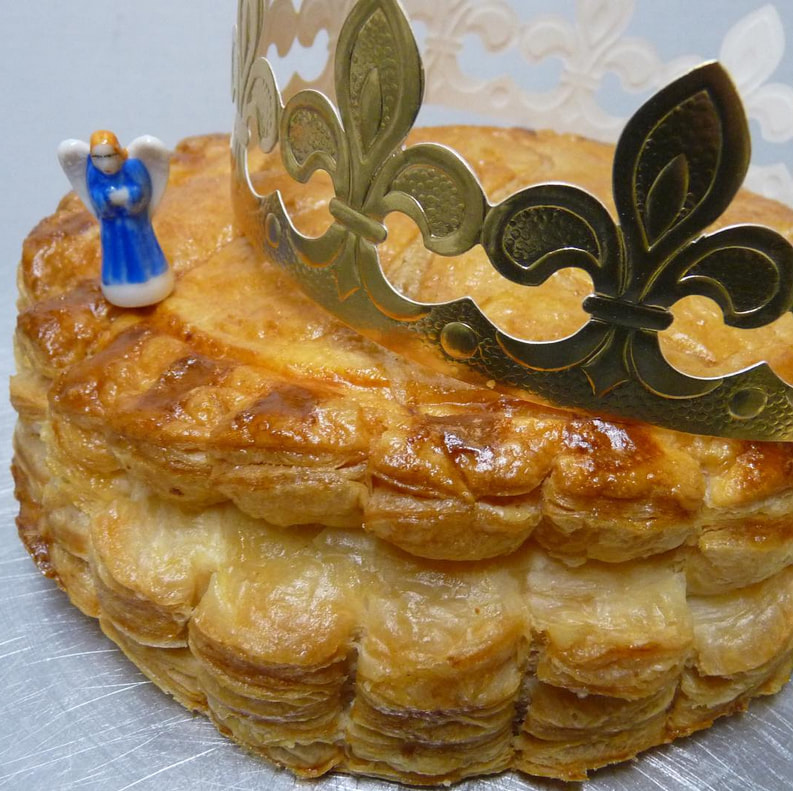
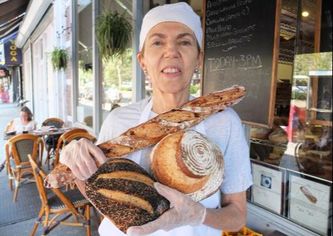
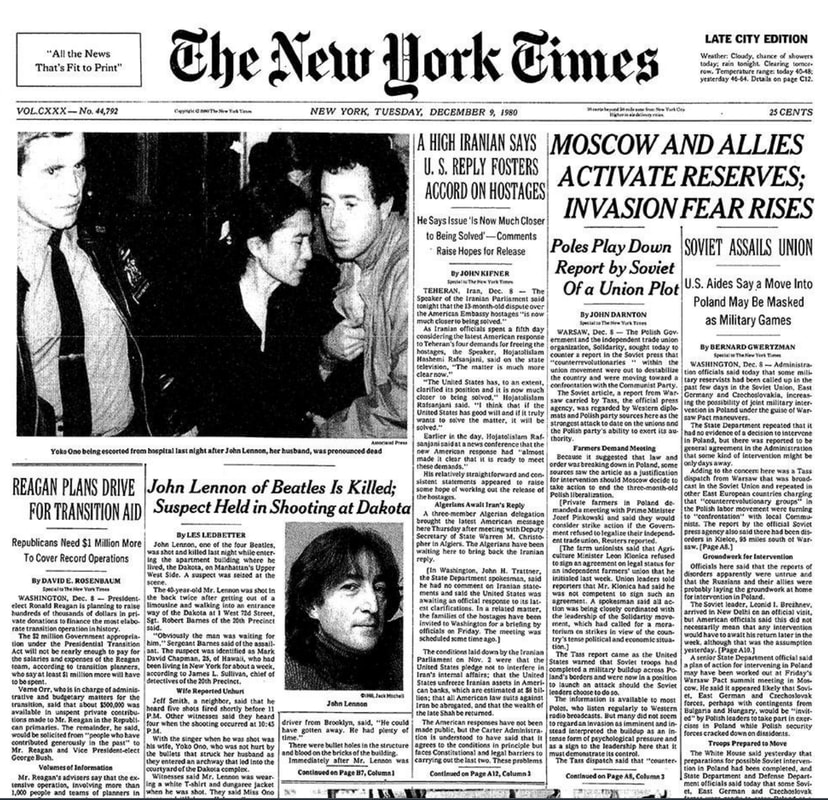







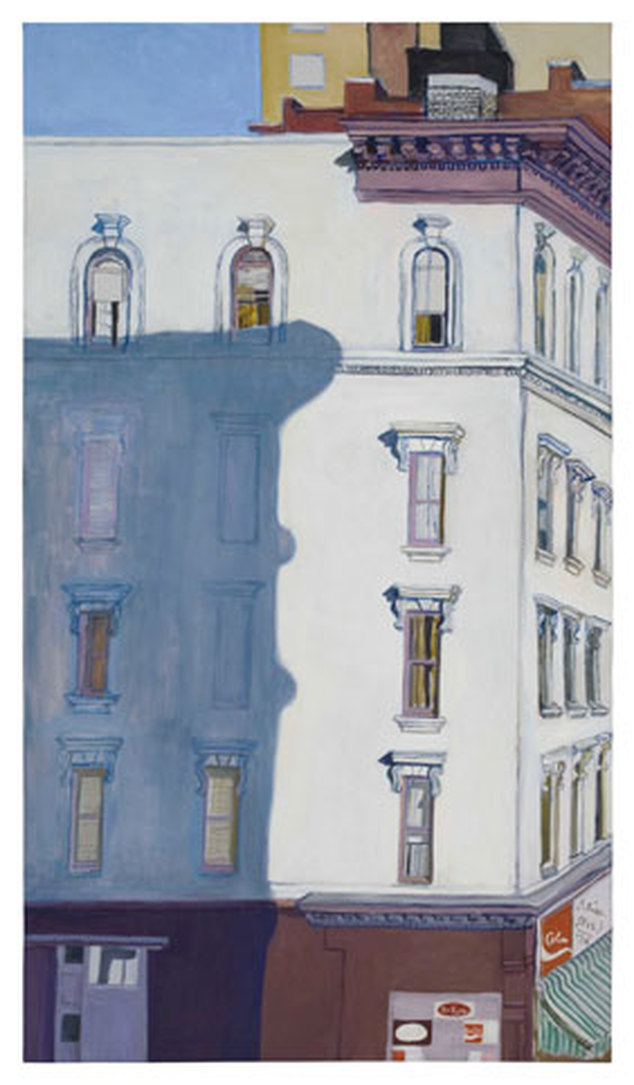
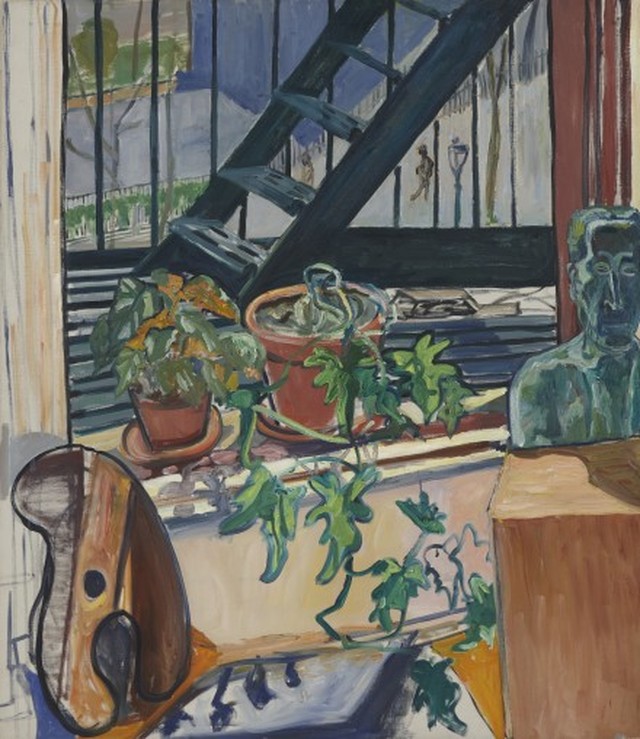
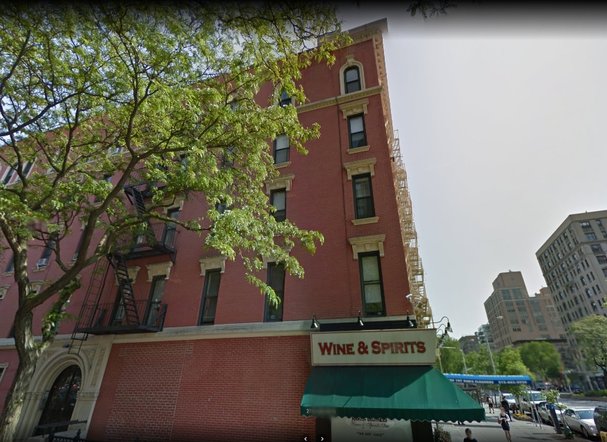
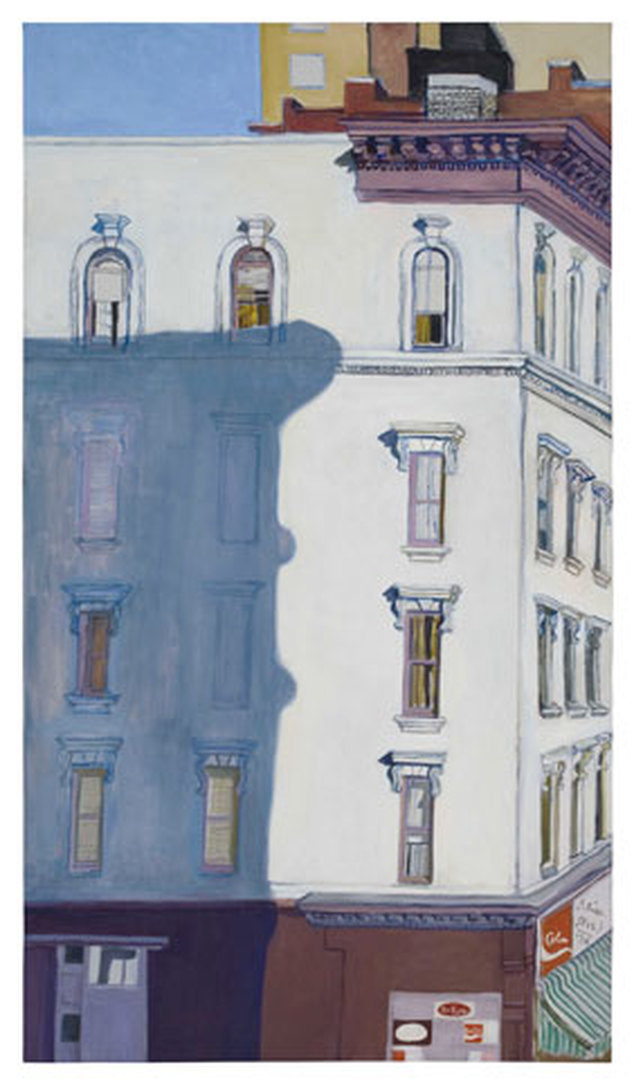



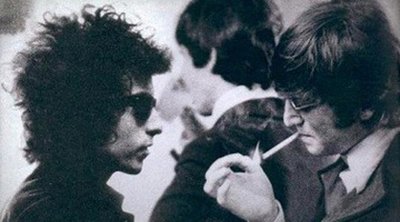
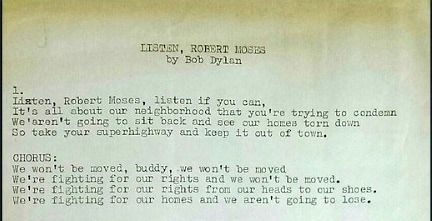


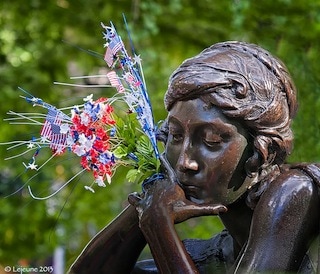
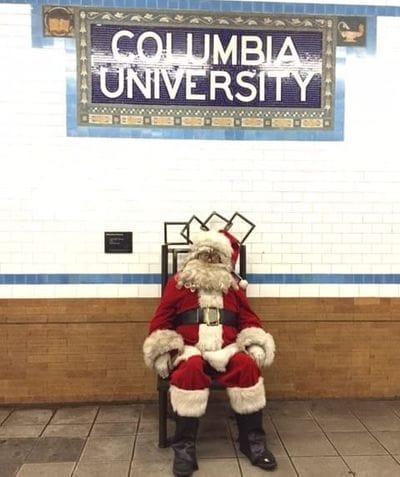


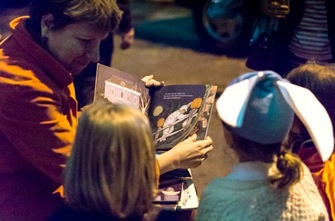
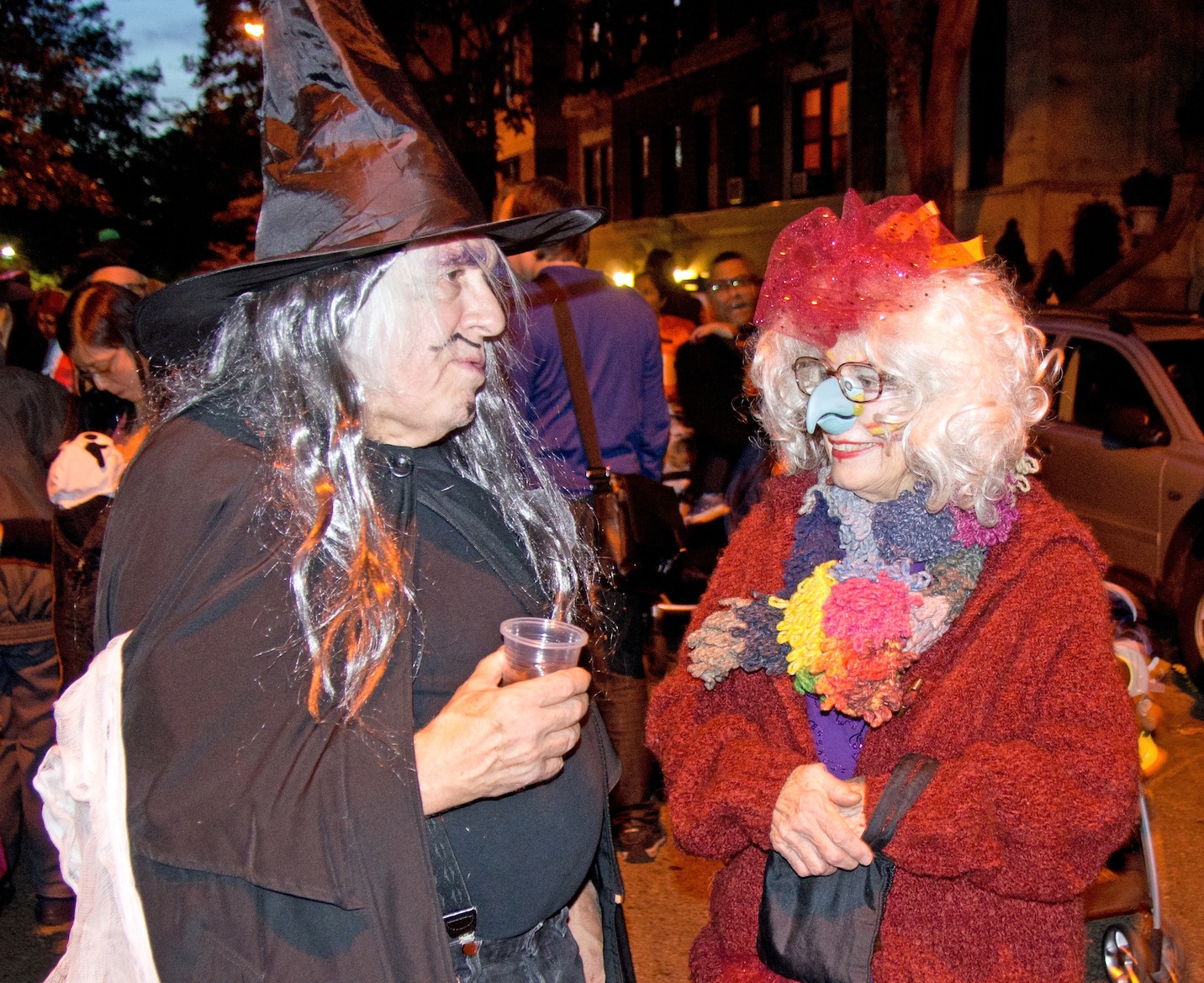
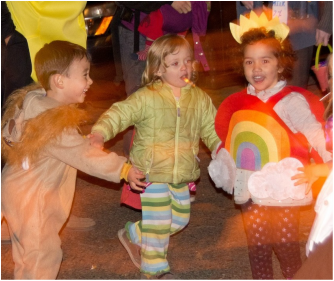




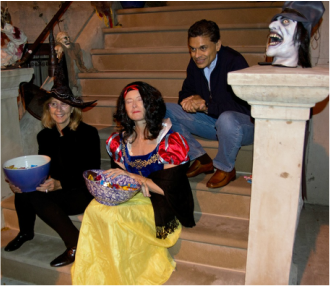
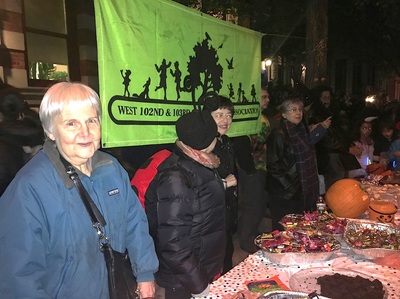
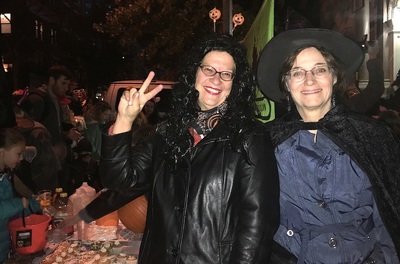

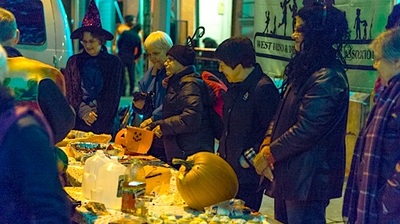
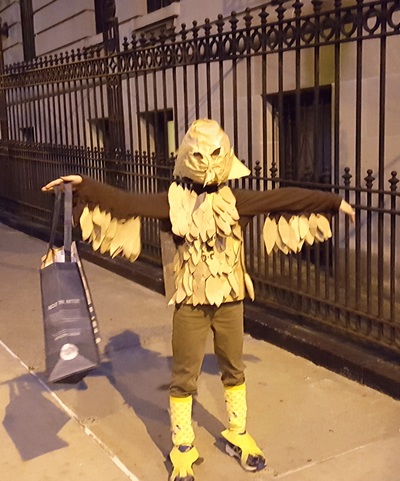
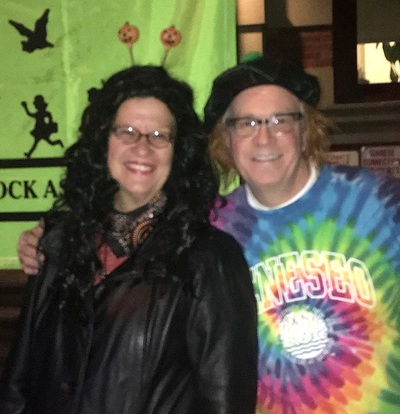
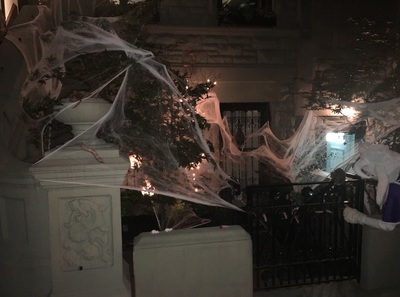
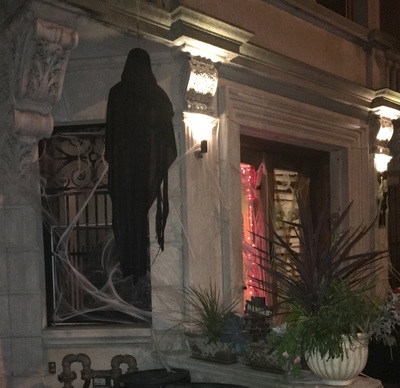

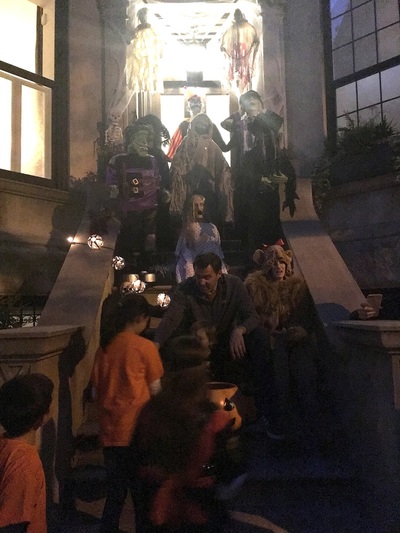
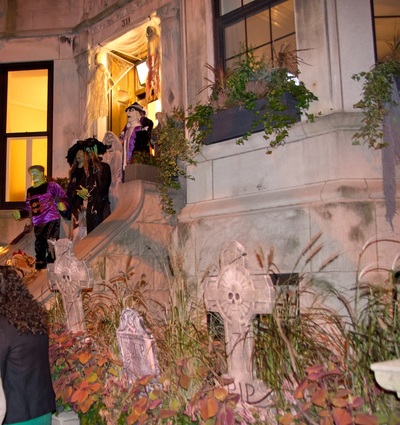
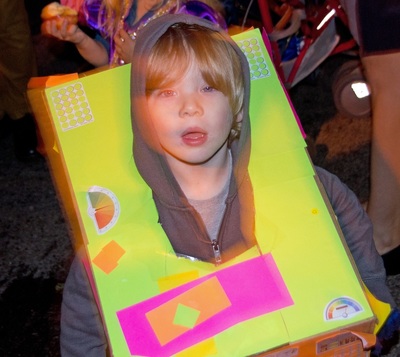
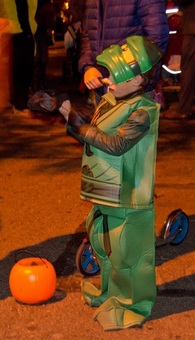

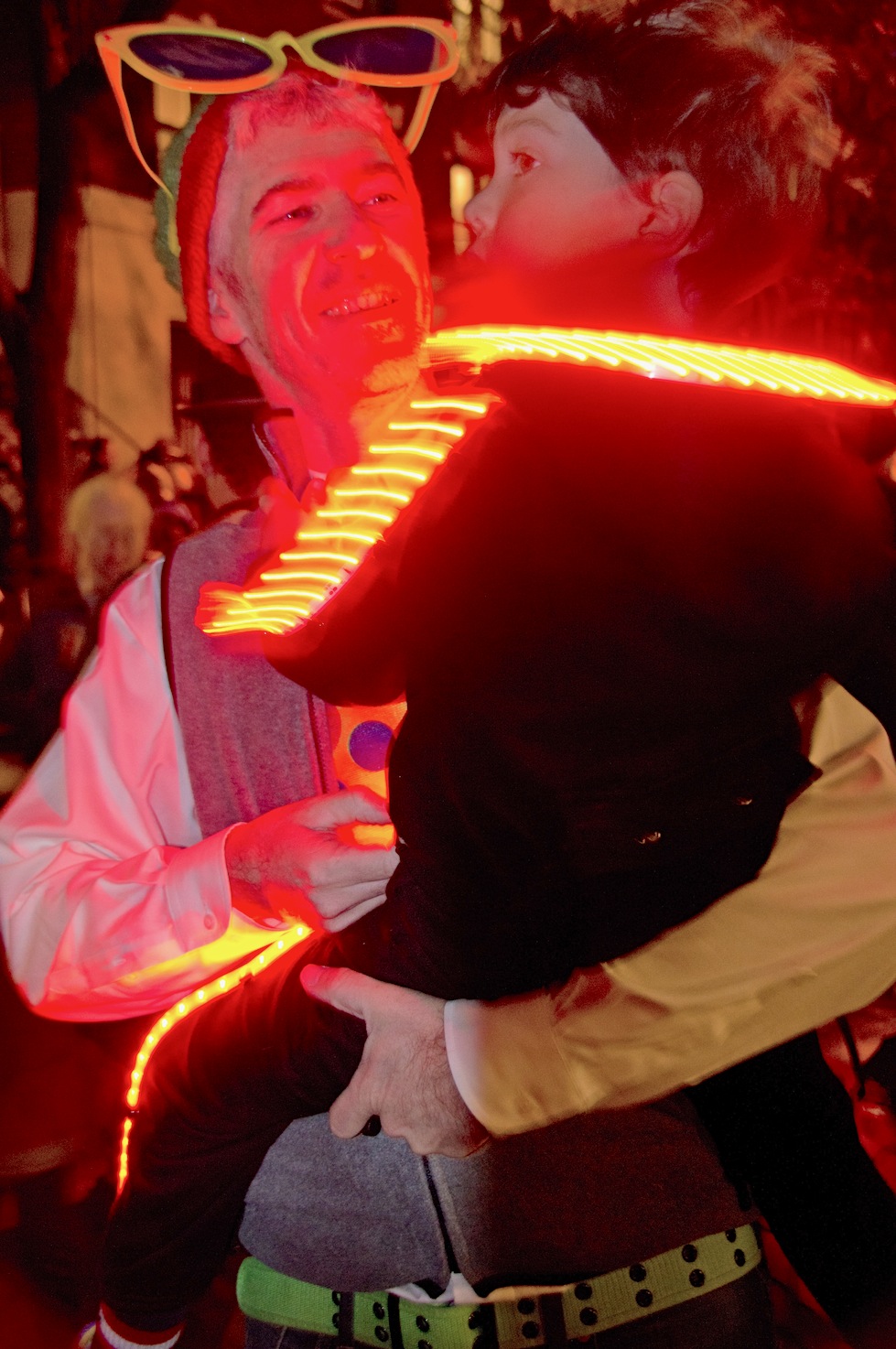
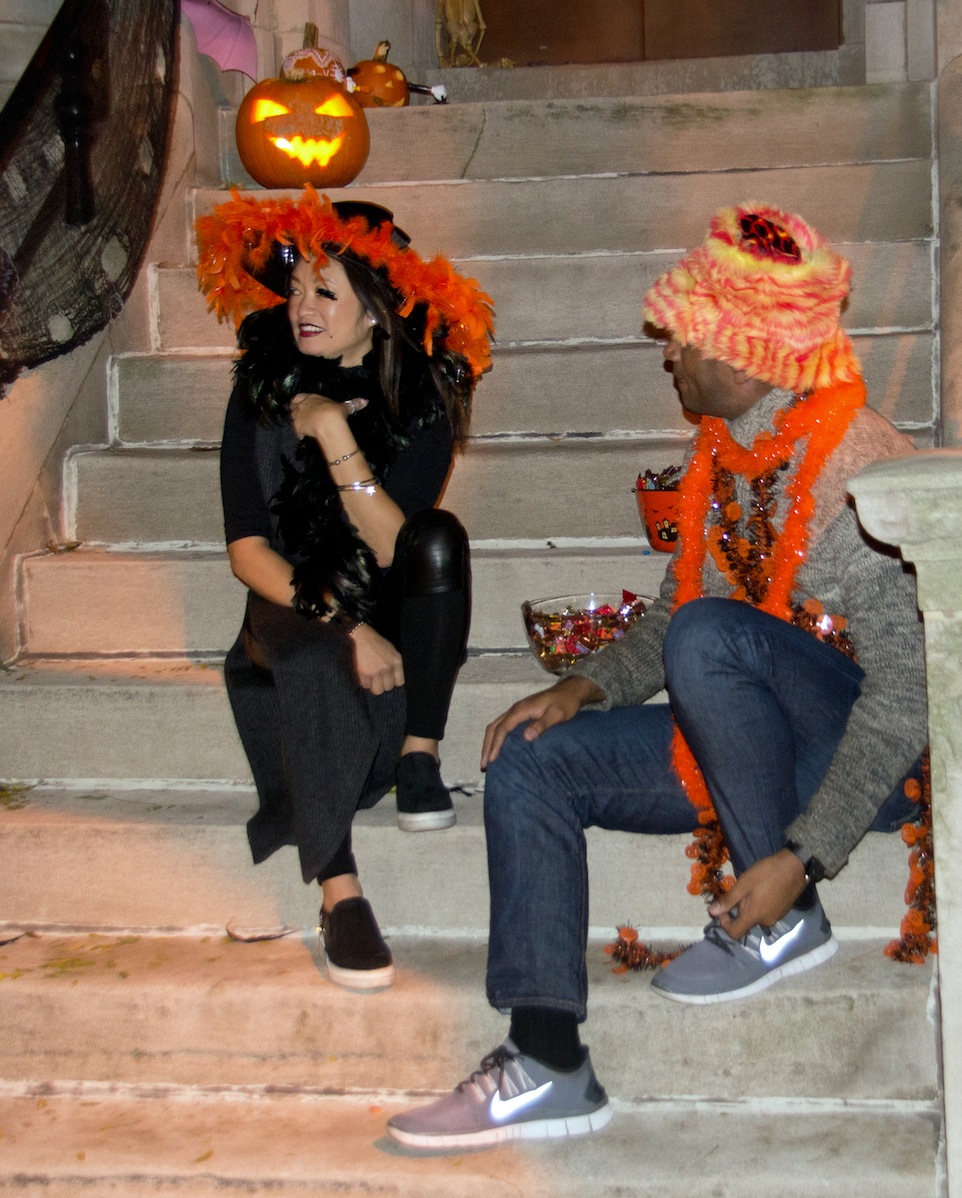

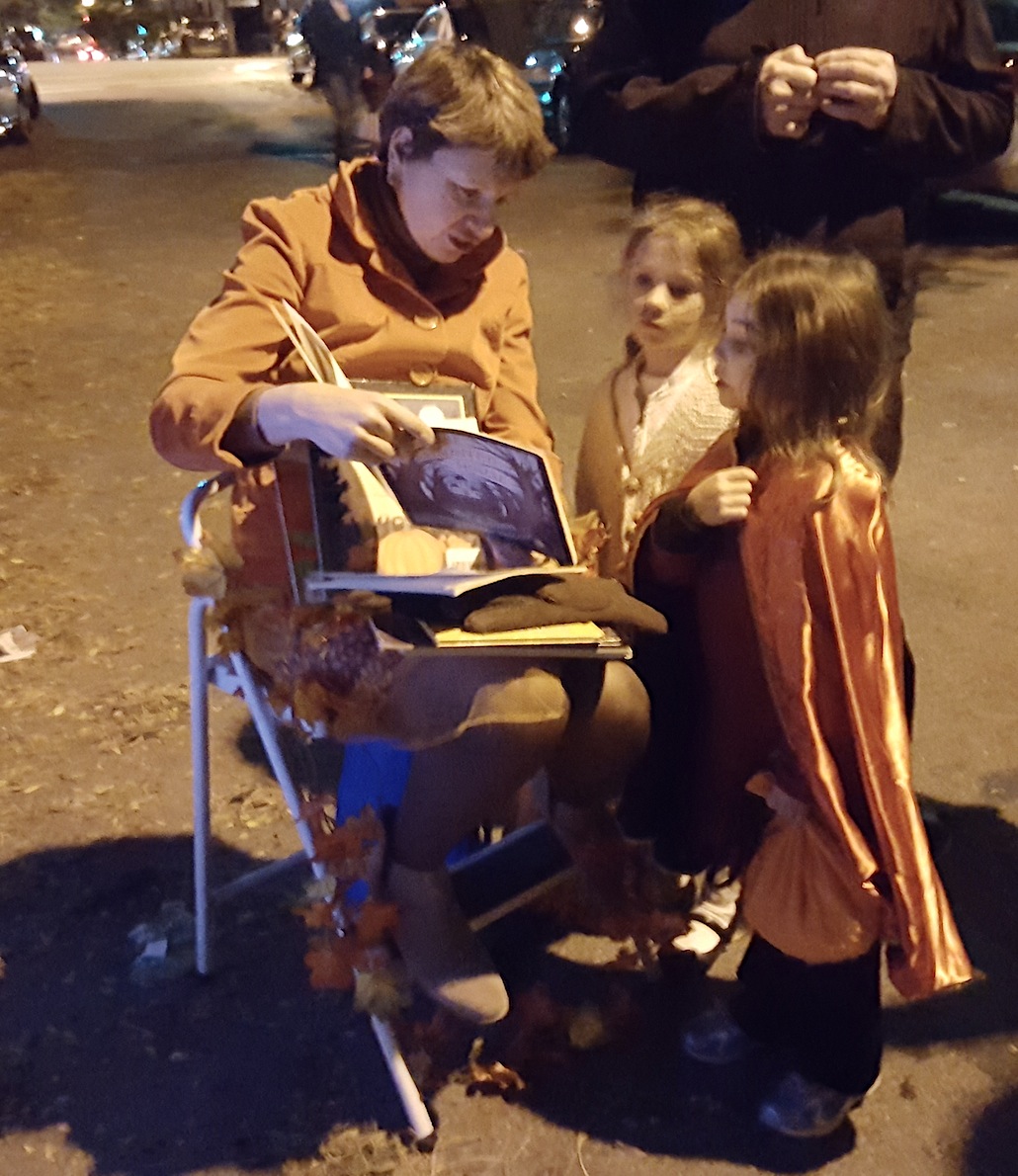
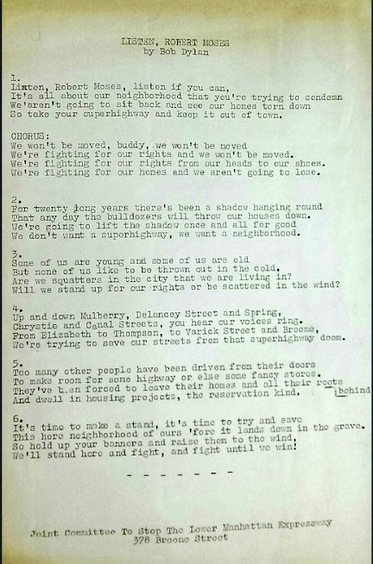
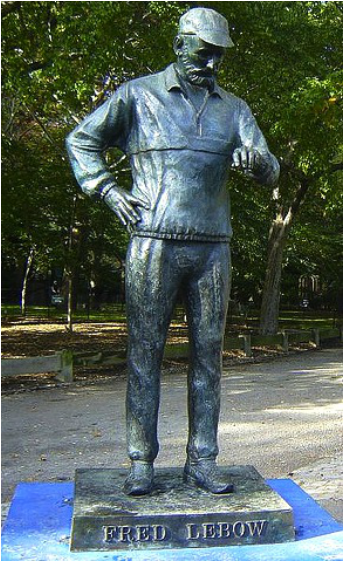
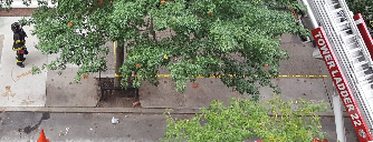
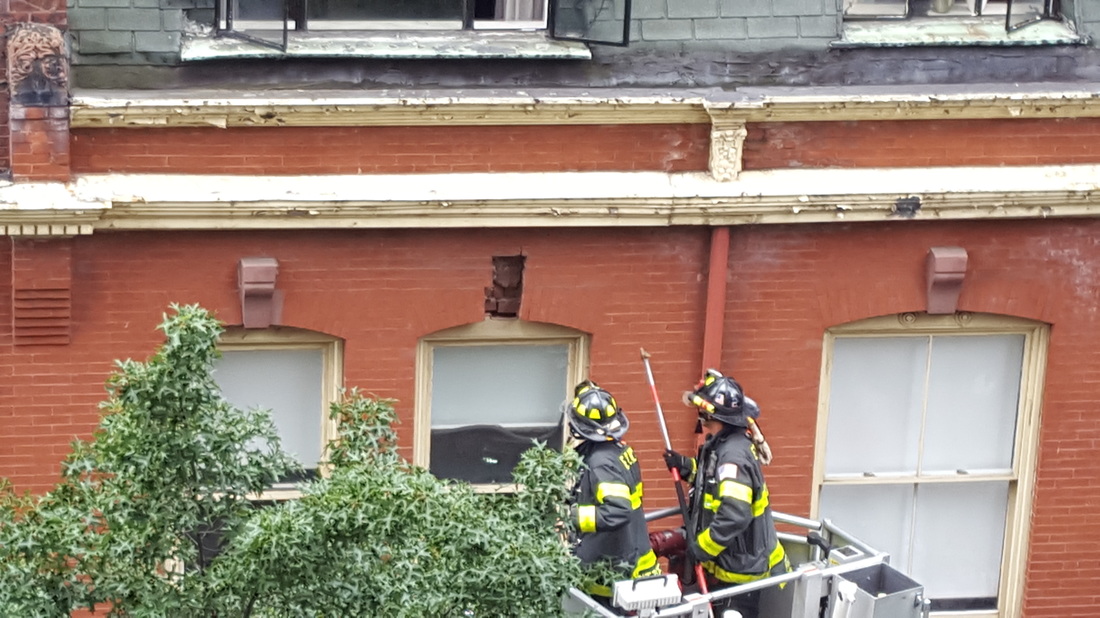
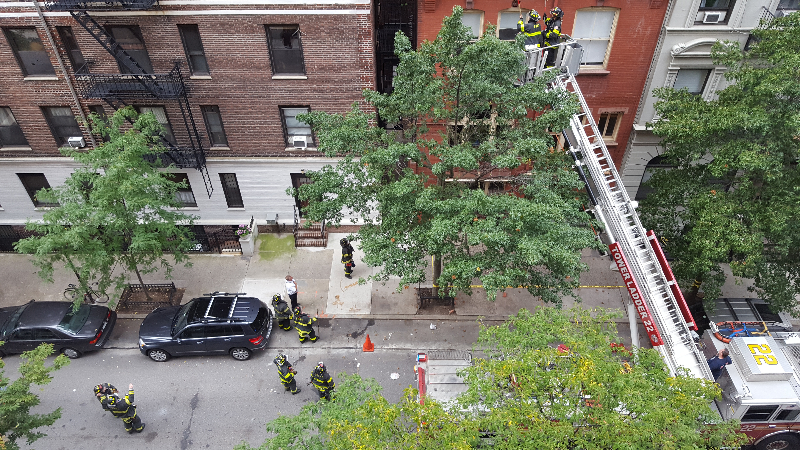
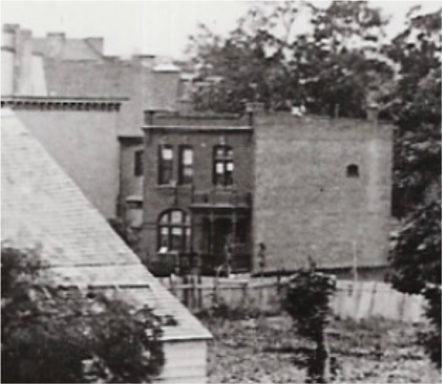
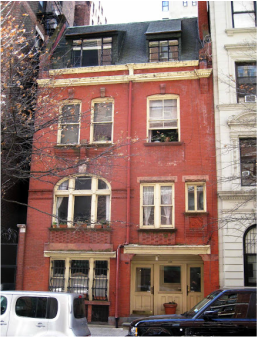
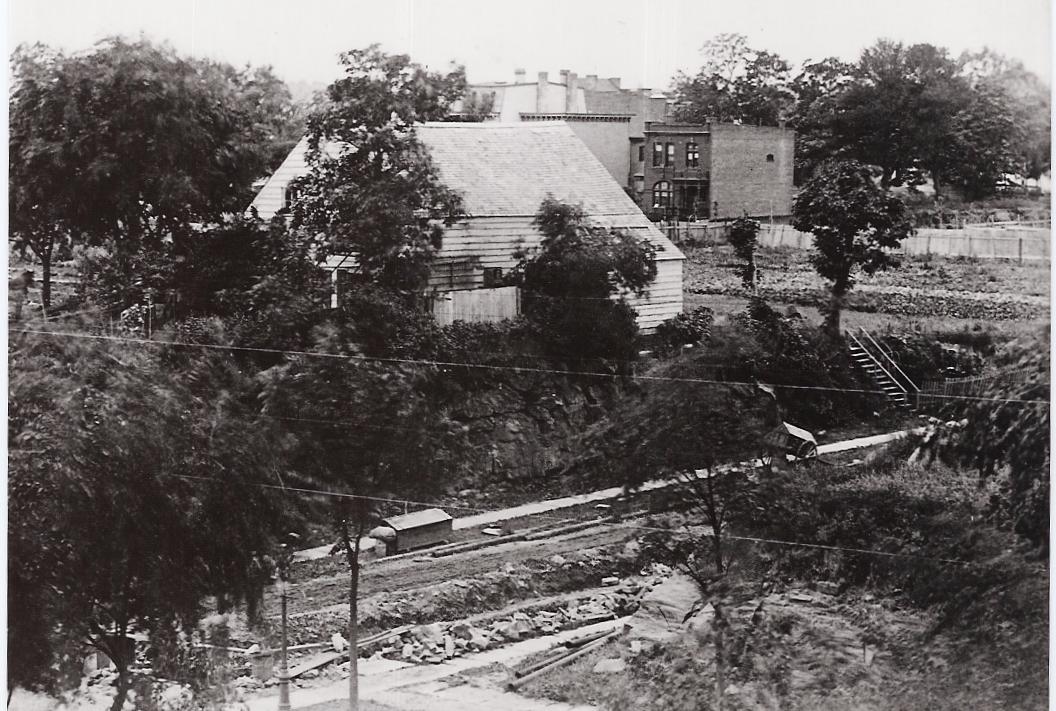
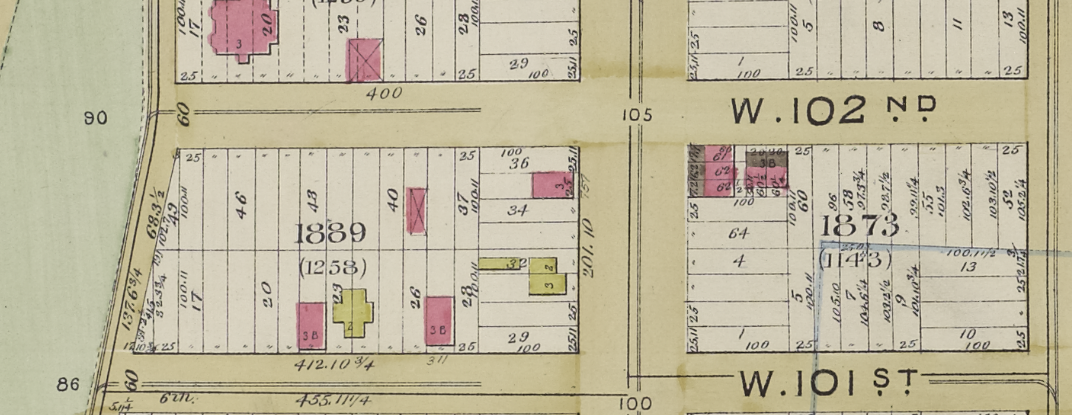
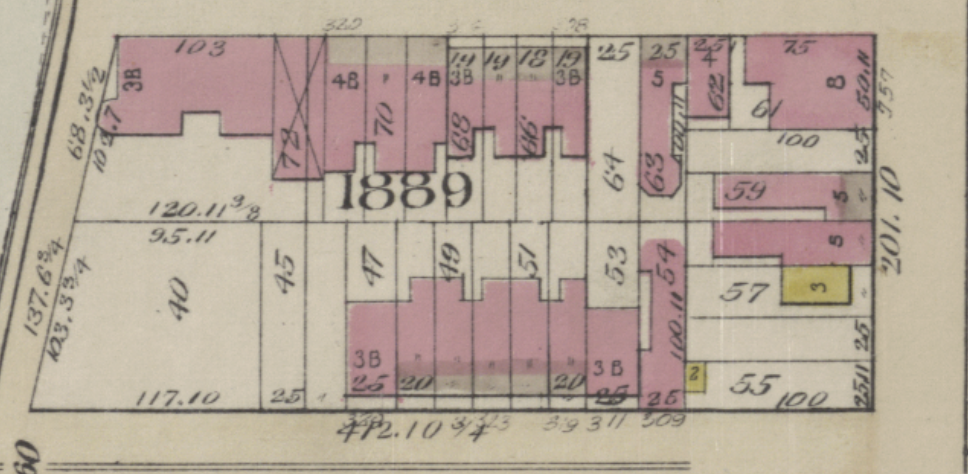

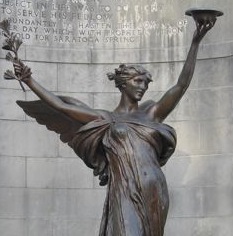


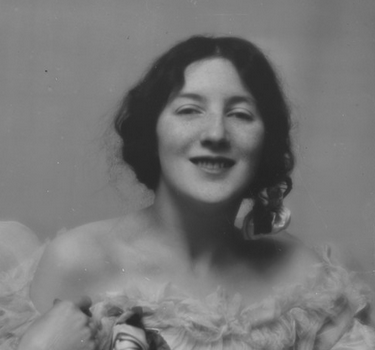

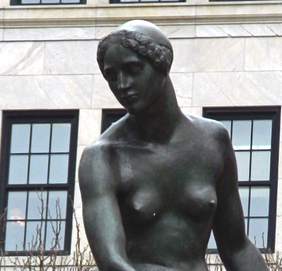


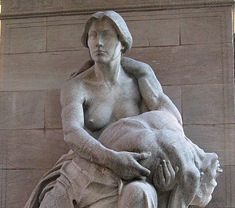

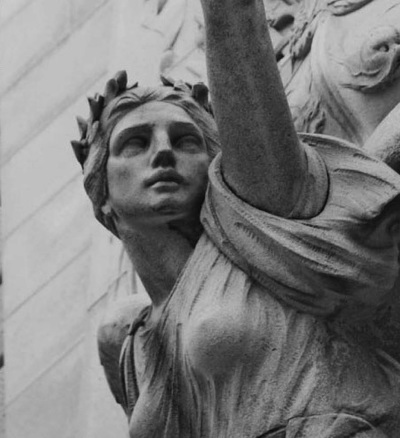



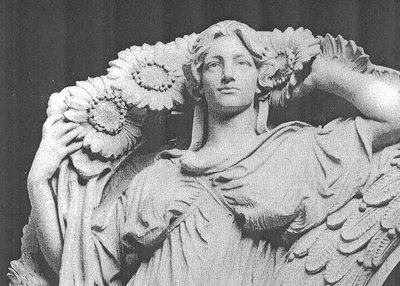



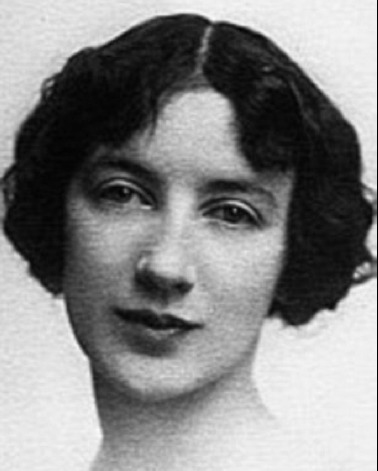




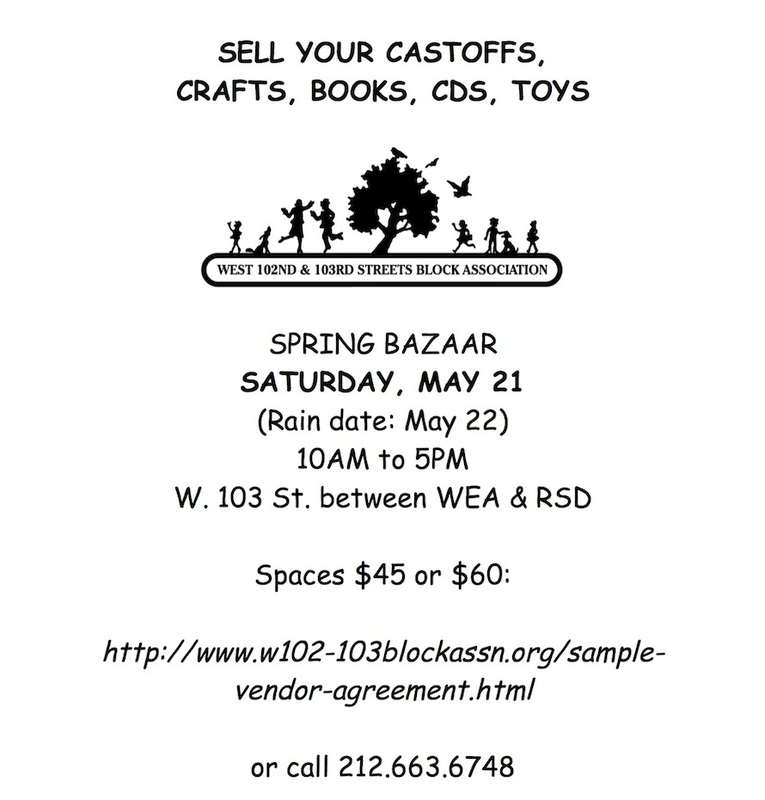

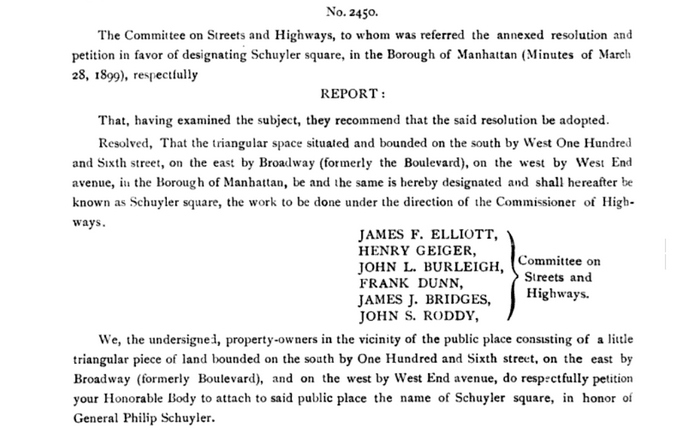
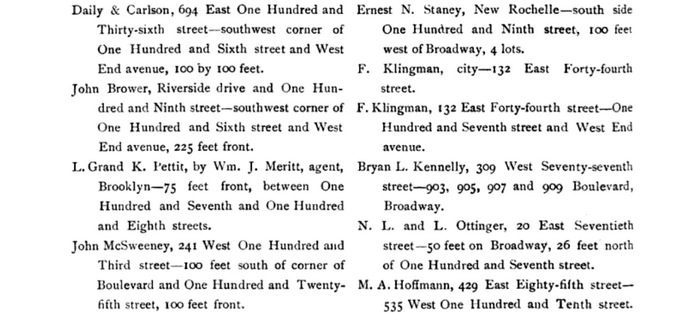
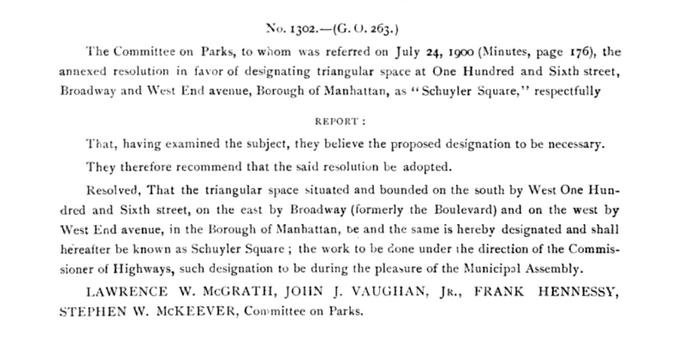




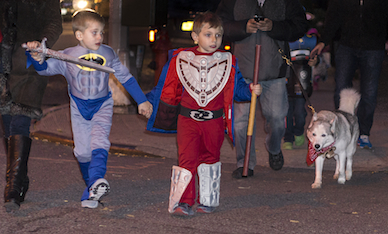
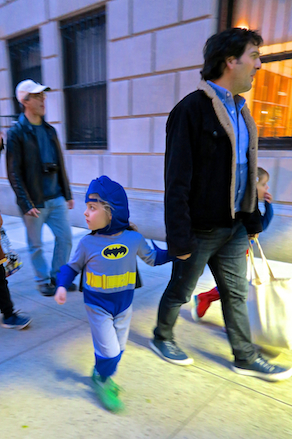
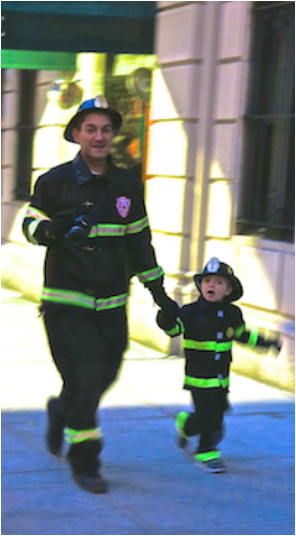
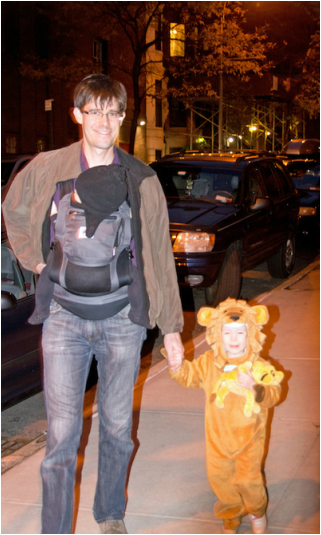



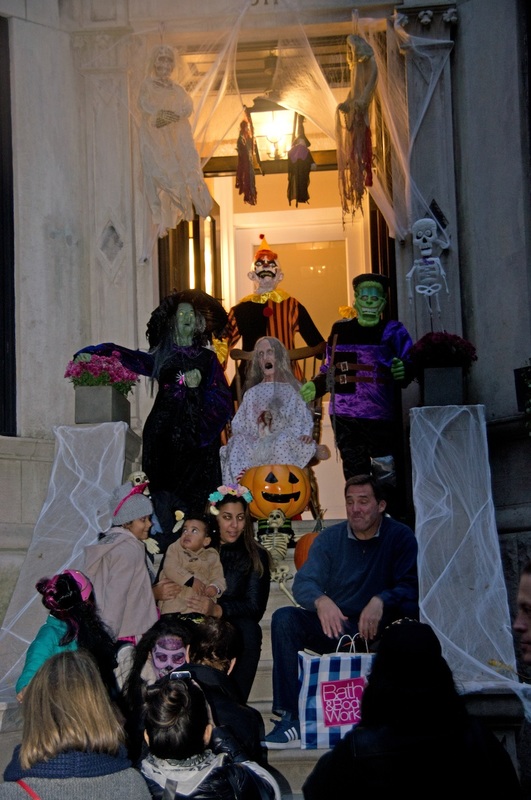
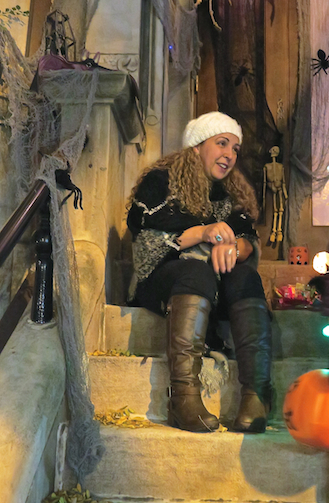
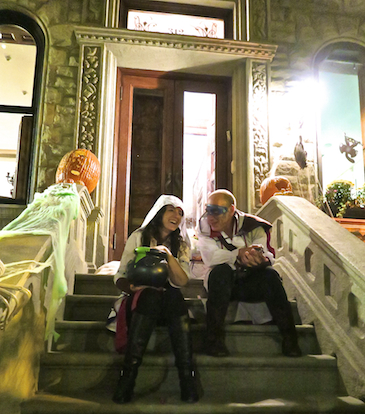
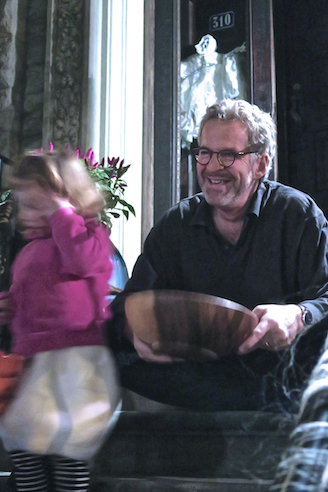

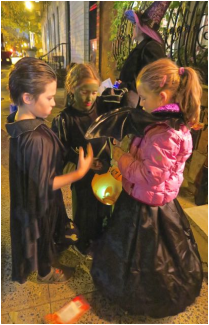
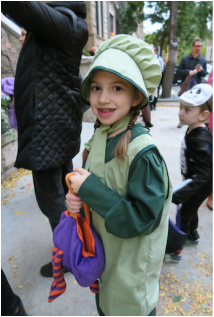
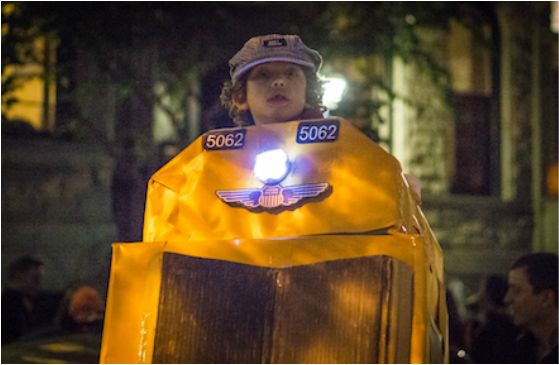
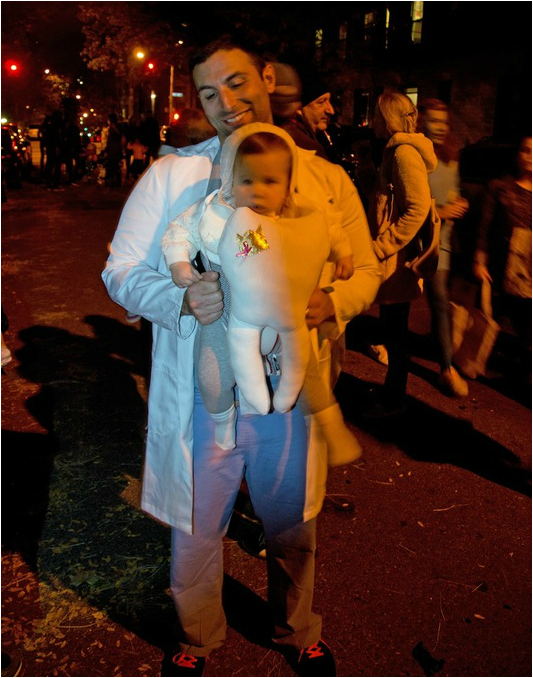
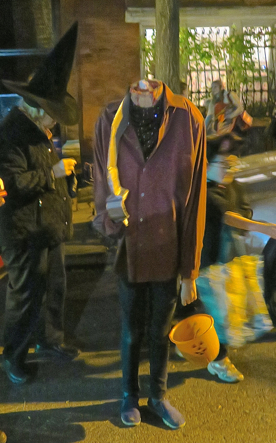
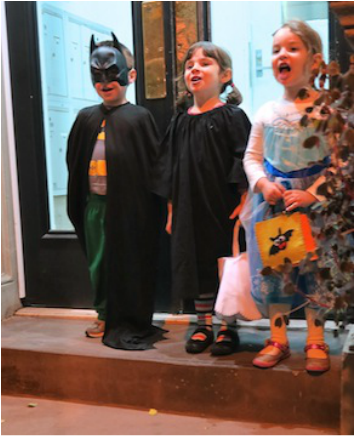
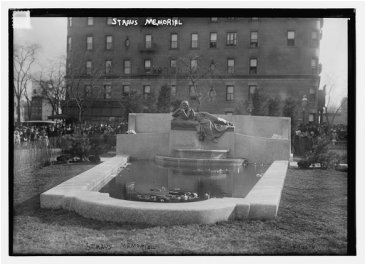
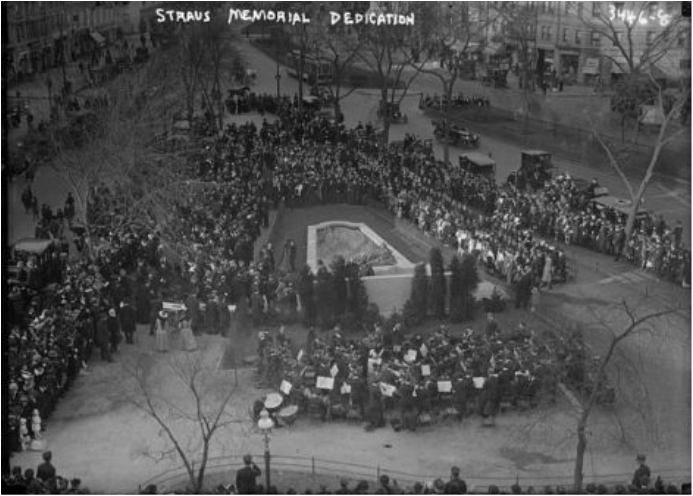
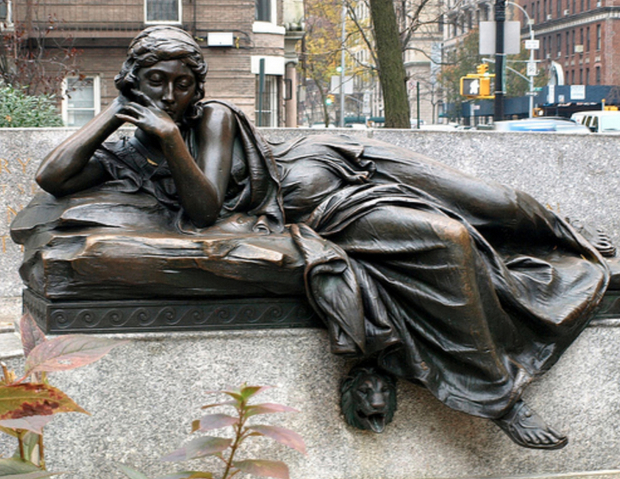
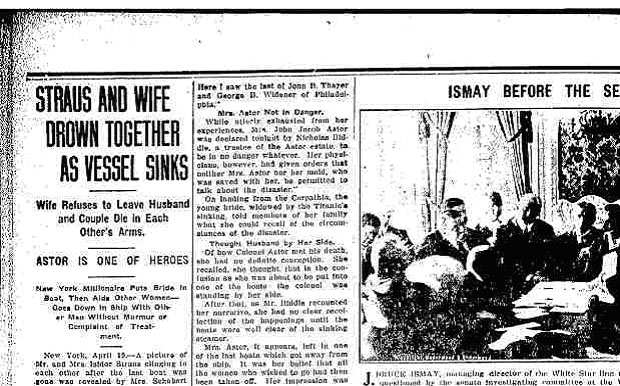
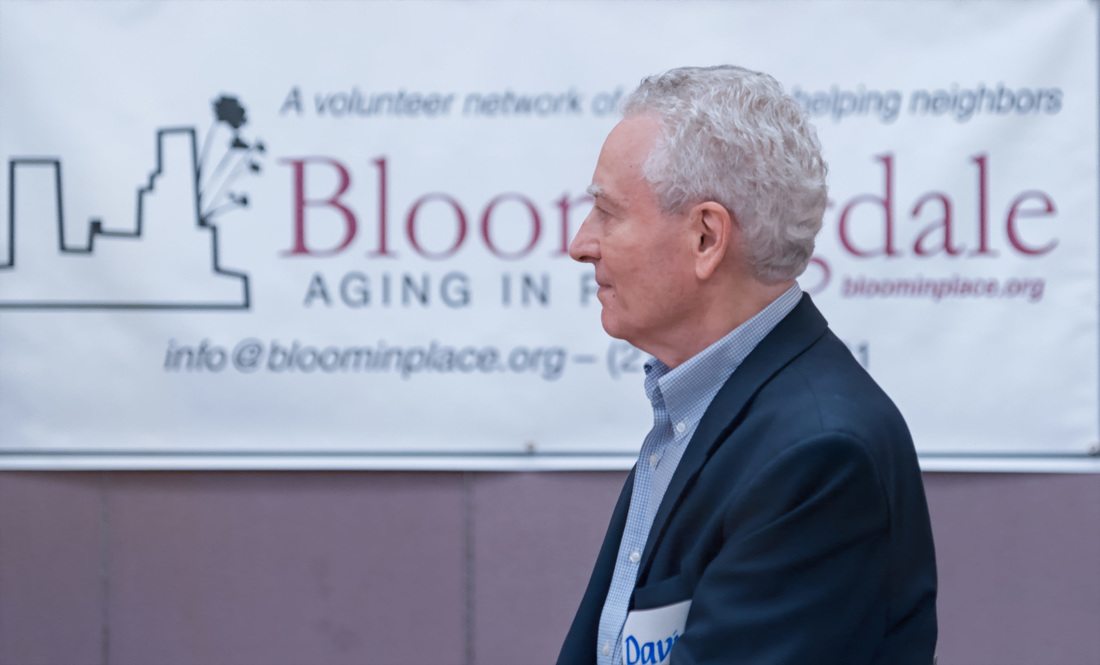
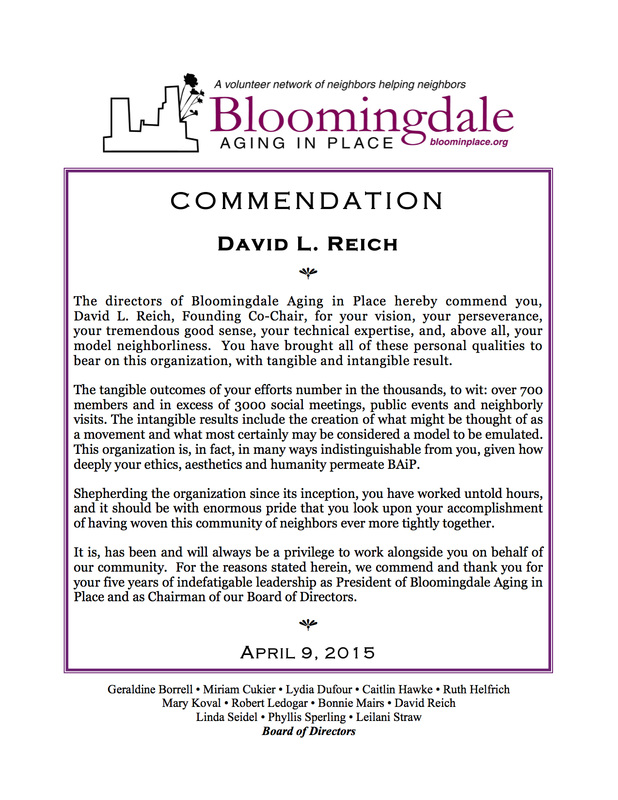
 RSS Feed
RSS Feed
